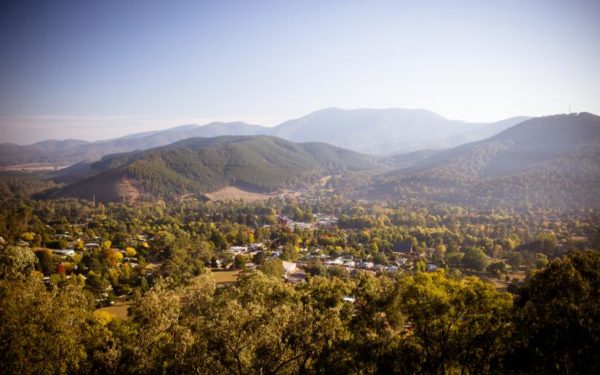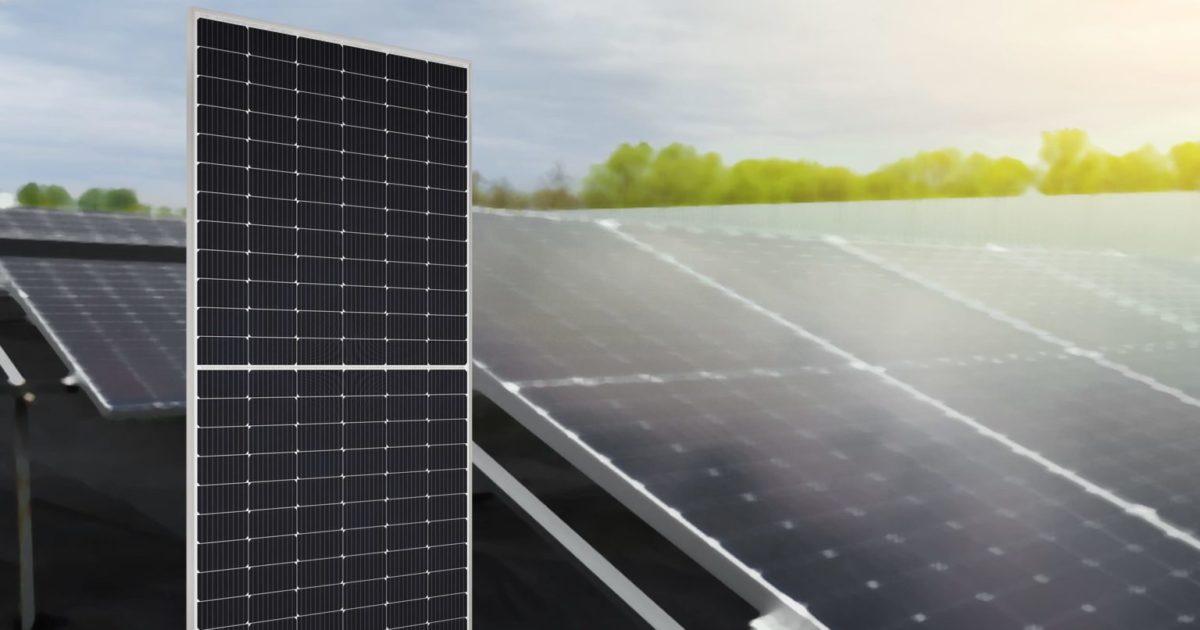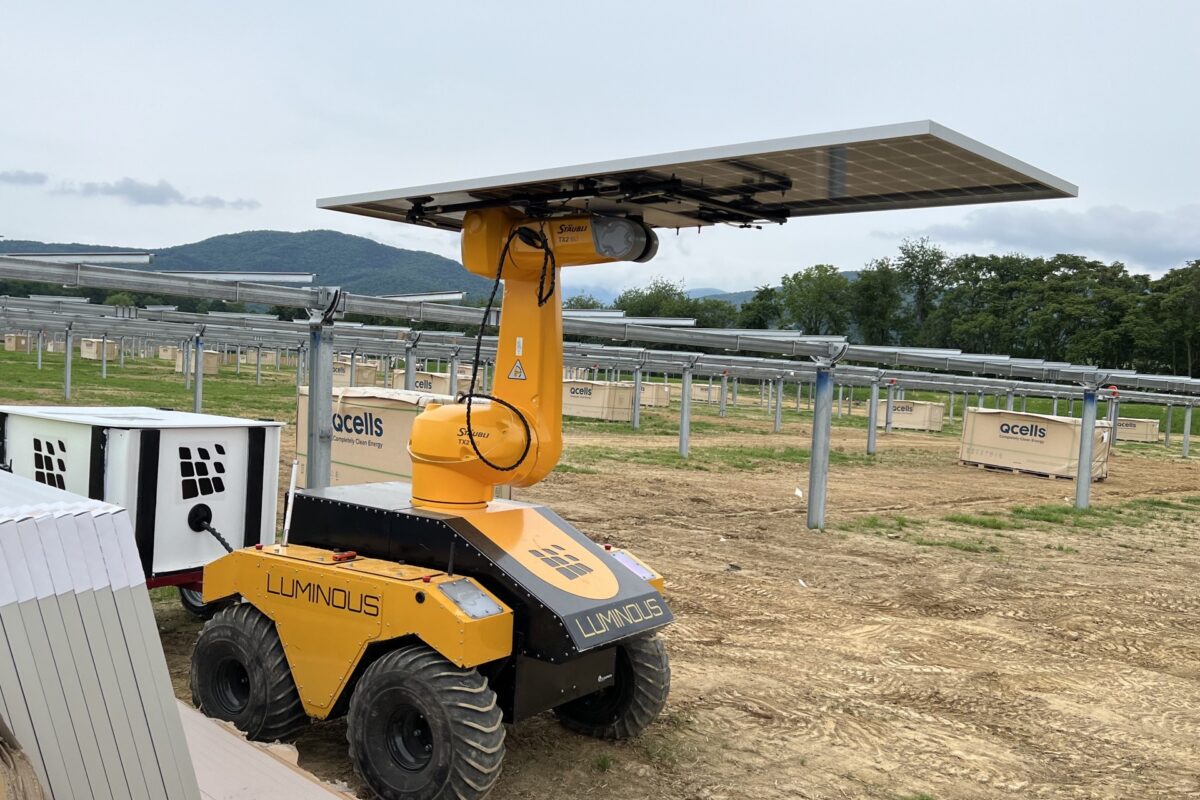State-owned energy utility TasNetworks will partner with researchers from the University of Technology Sydney (UTS) in the project which will seek to develop a general-purpose model for evaluating the suitability of grid-edge communities in areas of low solar resource transitioning to a microgrid.
The project will centre on the small Central Highlands community of Derwent Bridge which continues to struggle with power quality and reliability issues and is often forced to rely on mobile generation.
The project, which will also involve Brisbane-based clean energy company Redback Technologies and knowledge sharing institute API, will investigate and implement a feasible and resilient power supply option for Derwent Bridge and other remote communities, some of which still rely on diesel generators.
A key objective of the project will be to develop tools that can assess the technical and economic viability of a microgrid at a site, in addition to an analysis of the impact on the local economy.
Project leader Dr Jahangir Hossain, from the UTS’ Faculty of Engineering and IT, said the team will investigate whether establishing a microgrid, or upgrading existing off-grid technologies, would better meet the energy needs of regional and remote communities.
The federal government has awarded UTS and its three industry partners a $1.6 million grant from its Regional and Remote Communities Reliability Fund to launch the project.
Hossain said the project will provide measurable economic, social, environmental and technical benefits.
“The main outcome is to provide a cost-effective and resilient power supply solution for the local businesses and communities while the associated negative effects from technical and economic perspective are either eliminated or minimised,” he said.
“The advanced mathematical optimisation models developed in this project will be capable of handling forecasting, operations and planning of microgrids in an integrated, novel and improved manner.”
The planning tools will also provide a solution for reliable energy supply for remote communities in the event of natural disasters, during peak demand and localised blackouts.

Image: UTS
Hossain said one of the big challenges the feasibility study will seek to address is the low availability of solar resource at Derwent Bridge.
Tasmania is a shining light for renewable electricity, reaching its 100% renewable energy target last year. In November, Tasmania became fully powered by renewable electricity, thanks primarily to the island state’s wind and hydro-electricity projects.
But while the state’s high rainfall and mountainous topography mean it is well suited to hydro-electric and wind energy projects, it is lagging far behind all other states and territories in the solar stakes.
Figures provided by the government reveal that about 31,000 customers in the state have connected solar PV systems and solar contributes an estimated 200 GWh per year, or about 2% of consumption.
There are no operational utility-scale solar farms. The state’s largest solar project – the 12.5 MW Wesley Solar Farm – was given the green light in 2018 but has not been heard of since. The project was proposed by renewables developer Epuron, which previously secured approval for another utility scale project – the 5 MW George Town Solar Farm, which has not been commissioned to date.
Despite the slow uptake of solar PV, there have been success stories, including the recent unveiling of a 280kWh Redflow battery-based microgrid at a property in the state’s northwest.

Redflow
Simon Hackett, a systems integration architect with Australian energy storage company Redflow, has installed of 100 kWp solar array and energy storage system at his sheep farm in northwest Tasmania.
Tasmanian Minister for Energy Guy Barnett said the Derwent Bridge study would evaluate whether a microgrid would provide an alternative energy solution to the town’s existing power reliability issues.
“Microgrids reduce reliance on diesel generation, cut emissions, and provide a secure source of electricity for households and businesses,” he said.
The project is one of 20 remote and regional microgrid projects to receive federal government financing as part of a funding boost designed to increase the use of renewable energy in regional Australia.
A total of $25.6 million in funding was last month issued under the second round of the Regional and Remote Communities Reliability Fund. A total of 20 projects will share in funding – spread across every Australian state – to test and demonstrate new innovations in microgrid projects.
Federal energy minister Angus Taylor said regional and remote communities face unique energy challenges and the federal government is committed to ensuring they are not disadvantaged by unreliable and expensive energy.
“The Regional and Remote Communities Reliability Fund is all about shoring up the supply of secure, reliable and affordable energy for regional Australians and empowering communities to make the choices to best suit their energy needs,” he said.
“Every Australian, no matter where they live, should be confident that they will have the power they need, when they need it and at an affordable price.”
The first round of the Regional and Remote Communities Reliability Fund, announced in June 2020, focused on transitioning power supplies in remote communities to renewable options and the use of renewables in agricultural operations.
This content is protected by copyright and may not be reused. If you want to cooperate with us and would like to reuse some of our content, please contact: editors@pv-magazine.com.









By submitting this form you agree to pv magazine using your data for the purposes of publishing your comment.
Your personal data will only be disclosed or otherwise transmitted to third parties for the purposes of spam filtering or if this is necessary for technical maintenance of the website. Any other transfer to third parties will not take place unless this is justified on the basis of applicable data protection regulations or if pv magazine is legally obliged to do so.
You may revoke this consent at any time with effect for the future, in which case your personal data will be deleted immediately. Otherwise, your data will be deleted if pv magazine has processed your request or the purpose of data storage is fulfilled.
Further information on data privacy can be found in our Data Protection Policy.